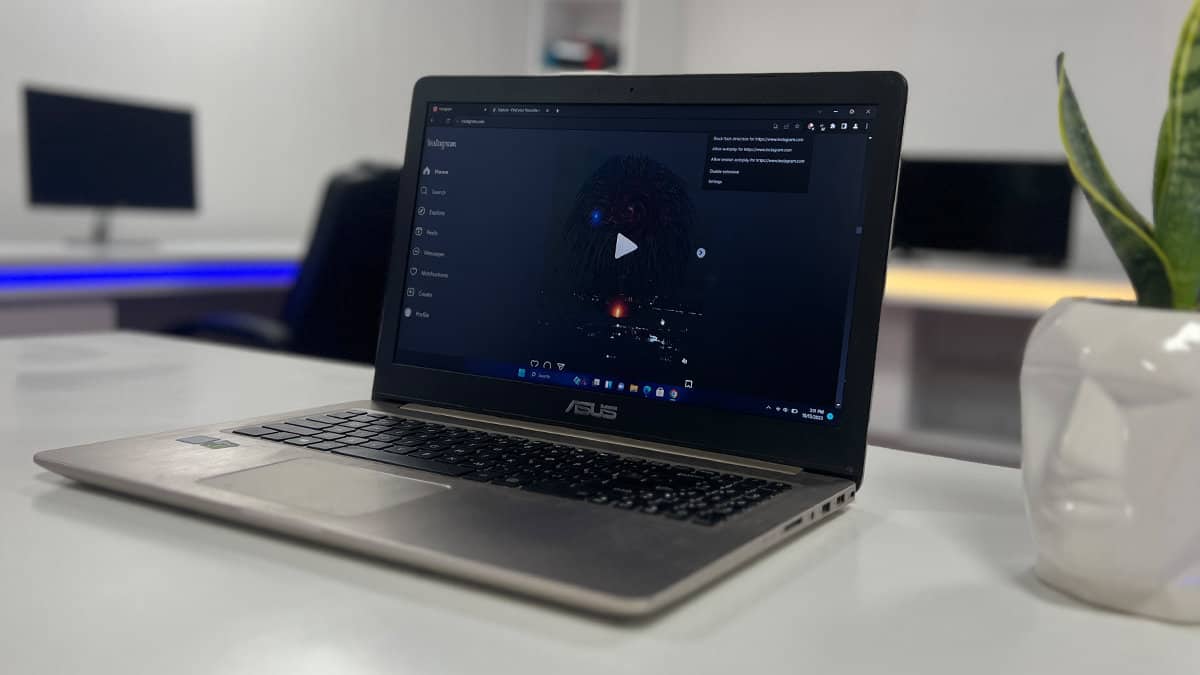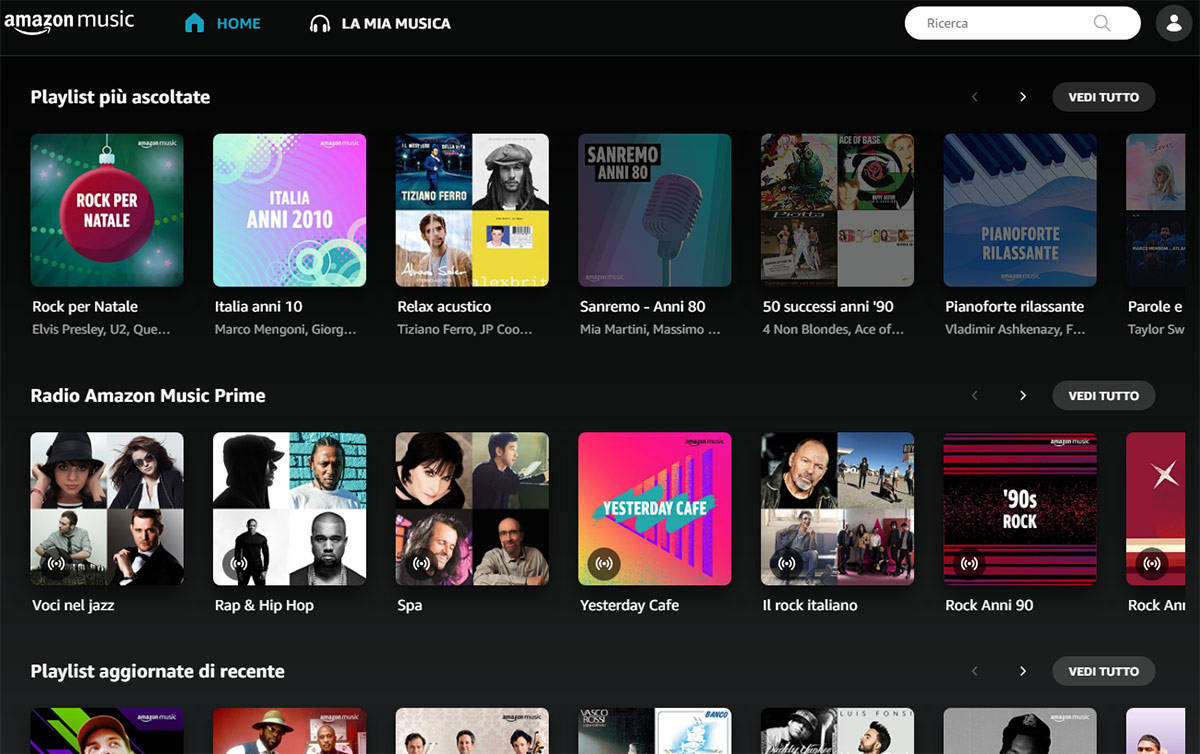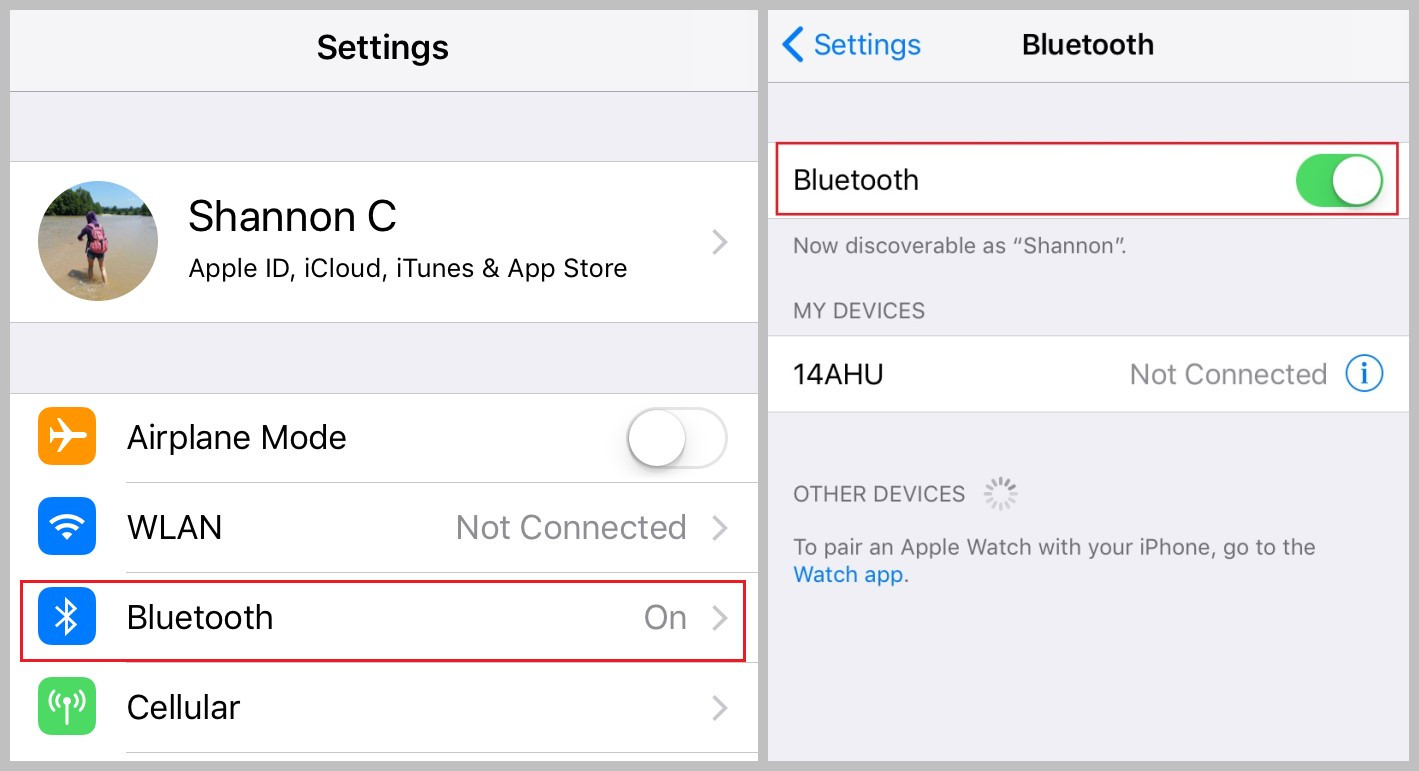Introduction
Have you ever been browsing the web, only to have your peaceful experience disrupted by a sudden blast of sound from an autoplaying video or ad? It's a common frustration for many internet users. Fortunately, if you're a Chrome user, there are several effective methods to regain control over your browsing experience and put an end to autoplay videos.
Autoplaying videos can be intrusive, disruptive, and downright annoying. Whether you're trying to read an article, catch up on the news, or simply enjoy some quiet browsing time, unexpected videos that start playing automatically can quickly turn a pleasant experience into a frustrating one. Not to mention, they can consume precious data and drain your device's battery life.
Thankfully, there are ways to stop autoplay in Chrome, giving you the power to decide when and if you want to engage with video content. In this guide, we'll explore the various methods you can use to regain control over autoplaying videos and enjoy a more peaceful browsing experience.
From utilizing Chrome's built-in settings to leveraging powerful extensions, there are multiple approaches to tackle the autoplay issue. Whether you're a tech-savvy user or someone who prefers a straightforward solution, there's a method that suits your preferences and technical comfort level.
By the end of this guide, you'll be equipped with the knowledge and tools to bid farewell to autoplay videos in Chrome, reclaiming your browsing experience and enjoying a more serene online environment. Let's dive into the methods that will empower you to take control of autoplay once and for all.
Disabling Autoplay in Chrome
Tired of being ambushed by autoplaying videos every time you open a new tab? You're not alone. Fortunately, Chrome offers built-in settings that allow you to take charge and disable autoplay for a more peaceful browsing experience.
To start, open your Chrome browser and type "chrome://settings/content" into the address bar. This will take you to the Content settings page, where you can manage various permissions for websites, including autoplay.
Once you're on the Content settings page, scroll down to the "Sound" section. Here, you'll find the option to "Allow sites to play sound." By default, this setting is enabled, allowing websites to play sound, including autoplaying videos. To disable autoplay, simply toggle this setting off. Once disabled, websites will no longer be able to play sound without your explicit permission.
While this method effectively stops autoplaying videos from blaring unexpectedly, it's important to note that it doesn't block the videos themselves from loading. This means that while the videos won't play automatically, they may still appear on the page. If you prefer to prevent the videos from loading altogether, you may want to explore additional methods, such as using Chrome flags or extensions.
By utilizing Chrome's native settings to disable autoplay, you can regain control over your browsing experience without the need for third-party tools. This straightforward approach puts the power in your hands, allowing you to enjoy a quieter and more predictable online environment.
With autoplay disabled, you can browse with confidence, knowing that you won't be caught off guard by intrusive videos. Whether you're catching up on the latest news, researching a topic, or simply enjoying some leisurely browsing, you can do so without the unwelcome interruption of autoplaying videos.
By taking advantage of Chrome's built-in settings, you can customize your browsing experience to align with your preferences, ensuring that you have the final say on when and how videos play. This simple yet effective method empowers you to reclaim control over your online interactions, creating a more harmonious and enjoyable browsing experience.
In the next sections, we'll explore additional techniques, including using Chrome flags and extensions, to further enhance your ability to manage autoplaying videos and create a personalized browsing environment tailored to your preferences.
Using Chrome Flags to Stop Autoplay
If you're looking to delve deeper into Chrome's advanced settings to gain more granular control over autoplay behavior, Chrome flags offer a powerful avenue to customize your browsing experience. Chrome flags are experimental features and settings that allow users to tweak and customize various aspects of the browser, including autoplay behavior.
To access Chrome flags, type "chrome://flags" into the address bar of your Chrome browser. This will take you to the Chrome flags page, where you'll find a plethora of experimental features that can be enabled, disabled, or customized to suit your preferences.
Once on the Chrome flags page, you can use the search bar to find specific flags related to autoplay. One such flag is the "Autoplay policy" flag, which governs how autoplaying media is handled on websites. By default, autoplay is allowed, but with the Autoplay policy flag, you can modify this behavior to better align with your preferences.
The Autoplay policy flag offers several options, including "Default," "No user gesture is required," "User gesture is required for cross-origin iframes," and "User gesture is required." These options provide varying levels of control over when media can autoplay, allowing you to tailor the behavior to your liking.
For instance, selecting the "User gesture is required" option ensures that media can only autoplay if the user has interacted with the site, providing a more deliberate and user-centric approach to autoplay. This empowers you to prevent unwanted autoplaying videos while still retaining the ability to play media when you choose to do so.
By leveraging Chrome flags, you can fine-tune autoplay settings to align with your browsing habits and preferences, creating a more personalized and controlled environment. It's important to note that Chrome flags are experimental features, so it's advisable to proceed with caution and be mindful of the potential impact on browser stability and performance.
With the flexibility offered by Chrome flags, you can explore and customize autoplay settings to suit your individual needs, ensuring that your browsing experience is tailored to your preferences. Whether you prefer a more hands-on approach to managing autoplay or seek to implement stricter controls, Chrome flags provide a powerful toolkit for refining your browsing environment.
In the next section, we'll delve into the use of extensions as another effective method to block autoplay and further enhance your browsing experience.
Using Extensions to Block Autoplay
In addition to Chrome's native settings and experimental flags, leveraging extensions can provide a robust solution for blocking autoplaying videos and enhancing your browsing experience. Chrome offers a variety of extensions specifically designed to empower users with greater control over media playback, including the ability to block autoplay across websites.
One popular extension for managing autoplay is "Disable HTML5 Autoplay." This extension puts the power in your hands by allowing you to prevent videos from playing automatically, giving you the freedom to choose when to engage with multimedia content. With a simple installation process, this extension seamlessly integrates into your Chrome browser, providing a user-friendly interface for customizing autoplay settings.
Upon installation, "Disable HTML5 Autoplay" offers configurable options that enable you to specify the conditions under which videos can autoplay. Whether you prefer to block autoplay entirely or selectively allow videos on specific websites, this extension offers a flexible and intuitive approach to managing media playback. By granting users the ability to define their autoplay preferences, this extension empowers individuals to tailor their browsing experience to align with their unique preferences and habits.
Another noteworthy extension is "AutoplayStopper," which employs intelligent algorithms to detect and halt autoplaying videos across websites. By analyzing the behavior of media elements, this extension effectively prevents videos from playing automatically, offering a seamless and unobtrusive browsing experience. With its automated approach to blocking autoplay, "AutoplayStopper" provides a hands-off solution for users who seek a hassle-free method to curb intrusive autoplaying videos.
Furthermore, "uBlock Origin," a widely acclaimed ad-blocking extension, offers advanced features that extend beyond traditional ad blocking. With its comprehensive filtering capabilities, "uBlock Origin" enables users to create custom rules to target and disable autoplaying videos, granting precise control over media playback. This extension's versatility and robust functionality make it a valuable asset for users who prioritize a highly customizable and adaptable approach to managing autoplay.
By incorporating extensions such as "Disable HTML5 Autoplay," "AutoplayStopper," and "uBlock Origin" into your Chrome browser, you can effectively block autoplaying videos and tailor your browsing environment to suit your preferences. These extensions offer diverse features and customization options, ensuring that users have the tools needed to create a more tranquil and personalized online experience.
With the combination of Chrome's built-in settings, experimental flags, and powerful extensions, you can take proactive steps to stop autoplay in Chrome, reclaiming control over your browsing experience and enjoying a more serene online environment. Whether you opt for a straightforward approach using native settings or prefer to explore advanced customization through extensions and flags, the methods outlined in this guide empower you to shape your browsing experience according to your preferences, ensuring that autoplay no longer disrupts your online activities.
Conclusion
In conclusion, the prevalence of autoplaying videos can significantly impact the browsing experience, often leading to frustration and disruption. However, with the diverse array of methods available to stop autoplay in Chrome, users can regain control over their online interactions and create a more harmonious browsing environment.
By leveraging Chrome's built-in settings, users can swiftly disable autoplay, granting them the power to decide when and if videos play. This straightforward approach empowers individuals to curate their browsing experience according to their preferences, ensuring that intrusive autoplaying videos no longer catch them off guard.
Furthermore, delving into Chrome flags offers a deeper level of customization, allowing users to fine-tune autoplay settings to align with their unique browsing habits. With the ability to modify autoplay policies and behaviors, users can tailor their browsing environment to suit their individual preferences, fostering a more personalized and controlled online experience.
Moreover, the integration of extensions such as "Disable HTML5 Autoplay," "AutoplayStopper," and "uBlock Origin" provides users with a robust toolkit for blocking autoplaying videos and refining their media playback preferences. These extensions offer diverse features and customization options, ensuring that users have the tools needed to create a more tranquil and personalized online experience.
In essence, the methods outlined in this guide empower users to take proactive steps in managing autoplay, reclaiming control over their browsing experience, and enjoying a more serene online environment. Whether opting for a straightforward approach using native settings or delving into advanced customization through extensions and flags, users can shape their browsing experience according to their preferences, ensuring that autoplay no longer disrupts their online activities.
By implementing these methods, users can bid farewell to the frustration of unexpected autoplaying videos, allowing them to browse with confidence and enjoy a more peaceful and predictable online experience. With the power to control when and how videos play, users can reclaim ownership of their browsing interactions, fostering a more enjoyable and uninterrupted online experience.

























